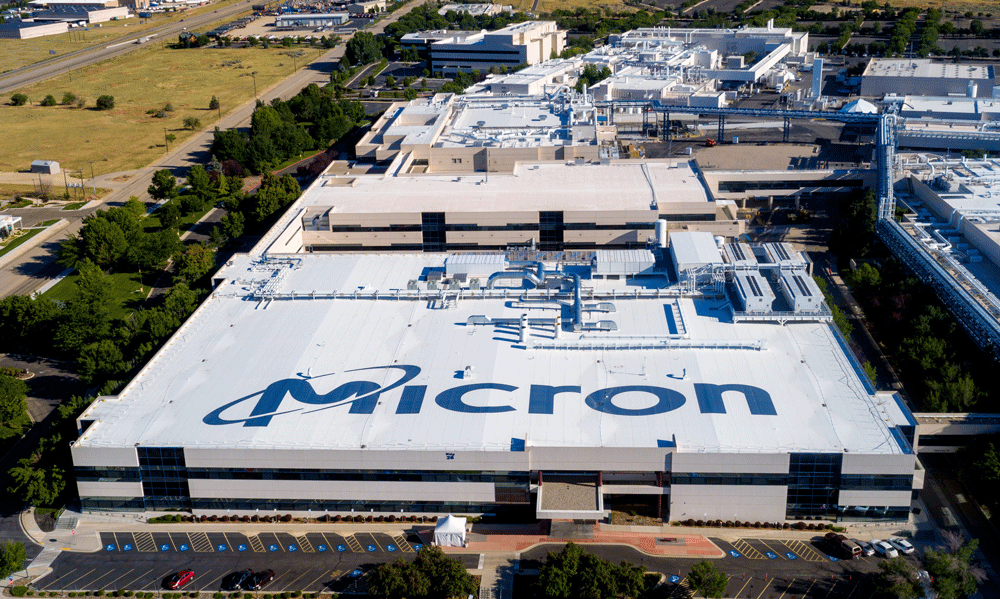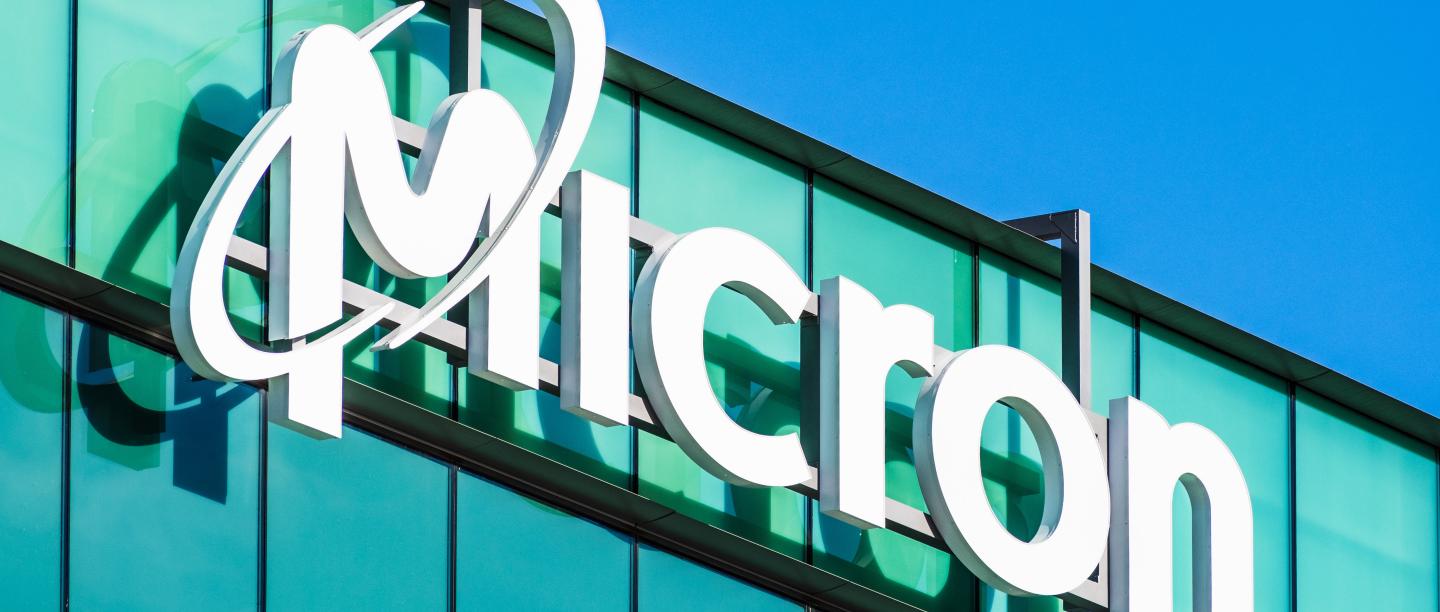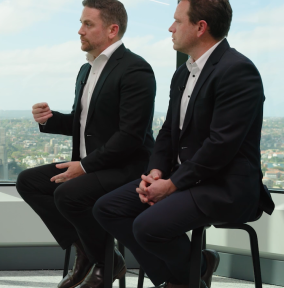Micron — Thanks for the Memory
Inside the Enhanced Yield Fund
By David Murray, PM Capital
Memory semiconductors are everywhere, forming a vital part of just about every modern device that relies on computer processing or data. They are the workhorses of the technology era and required in ever-increasing amounts to feed our hunger for smart products and online connectivity.
Below we lay out the industry dynamics and company details that made Micron a compelling bond investment, and the wave of pessimism that created the investment opportunity.
Memory in a nutshell
Data must be constantly fed into machines during processing and then stored for later use, and data requires memory. Massive amounts of memory.
The core users of memory chips are computers, mobile phones, data centres, and increasingly cars and industrial machines. Memory’s share of semiconductor industry revenue grew from 18% in 2001 to 30% ($161 billion) by 2021.
Here are some great recent examples of evolving memory demand:
- Data-intensive machine learning (made popular by ChatGPT) requires colossal investment in memory. 50% of the materials cost of building an AI-focused data centre goes to memory.
- Partially-autonomous vehicles are loaded with memory to enable the processing of high-speed events in real time. Micron estimates that the move to fully-autonomous vehicles will require more than 30 times the memory of partially autonomous vehicles.
Semiconductors are tiny and complex; manufacturing requires vast, automated clean rooms where even a single hair or speck of dust can disrupt the process.
Because of this, high-end memory factories (“fabs”) cost billions of dollars to build and require deep technical expertise. It’s difficult to get right but very valuable for those that can.

Oligopoly market structure
Today the memory market is dominated by three companies – Samsung, SK Hynix and Micron – that together hold 80% market share. Micron is a US company while Samsung and SK Hynix are Korean.
This concentrated market structure favours rational pricing behaviour, and in fact over the last 20 years industry profitability improved and volatility decreased as clear leaders emerged. Nevertheless it remains a cyclical industry, prone to bouts of optimism and fear.
Why Micron?
Micron is the fourth largest semiconductor company globally by end market share. It’s a US-based ‘pure play’ memory company with 12 manufacturing sites completely focused on memory production. Its fabs operate 24/7, shipping more than 3 billion units per year to customers.
To give an idea of the sheer scale involved, the cost to replace Micron’s manufacturing and R&D facilities is estimated to be somewhere between $70 billion and $100 billion. Micron invested $20 billion in R&D between 2010 and 2022 and holds more than 50,000 patents.
This investment has been put to good use, seeing Micron climb up the ranks from a laggard ten years ago to the top position in 2022 on a memory chip performance versus cost basis.
Finally and importantly, Micron used the post-Covid surge in demand to fortify its balance sheet. In August 2022 Micron held $11 billion in cash and safe, liquid investments versus only $7.5 billion total debt, giving the company a ‘net cash’ position of $3.5 billion.
Sentiment sours, opportunities emerge
Micron is the kind of business we find interesting – a top-class operator in a structurally-growing industry. What it was missing was the anomaly entry point, but 2022/2023 had that more than covered.
A pull-back in demand following the post-Covid surge led to excess memory supply and a drop in prices. The industry went into defensive mode, with all three key competitors cutting expenses and paring growth. Investor sentiment became overwhelmingly pessimistic and talk turned to a ‘this time is different’ memory cataclysm.
The Micron investment thesis
Micron entered the downturn in a sound position and was well-placed to emerge strongly out the other side. Our investment in Micron’s 6-year bond rested on the following thesis:
1. There is long-term demand growth for data and therefore memory. Short-term supply/demand mismatches don’t change that. This has the added benefit of being largely technology agnostic.
2. The industry is consolidated and rational.
3. Geopolitical tension can work to Micron’s advantage. The US is assigning billions of dollars in stimulus to grow its domestic semiconductor industry and Micron is the only major US memory producer.
4. Micron is a successful technology innovator with a strong competitive position.
5. Micron had a fortress balance sheet with zero net debt.
That last point is key. Micron entered the downturn conservatively with the balance sheet capacity to ride out years of disruption if needed – not our base case, but Enhanced Yield Fund investments look for significant downside protection.
Thanks for the memory
As it turns out, the memory market recovered quickly and analysts now talk exuberantly of an AI-led demand surge. This uplift in sentiment was faster than our investment in Micron’s senior bonds required – a welcome turn of events – and we took the opportunity to sell, locking in an approximate 8.5% absolute return in only seven months.
The Enhanced Yield Fund is constantly looking for new anomalies (mispriced investments with the potential for outsized returns) and right now holds a broad range of investments at the early, middle, and late stages of their investment theses. We believe each one offers outsized return potential for its risk.
About the author
David Murray is a Senior Credit Analyst at PM Capital, a leading asset manager of global and Australian equities and fixed income. More PM Capital Insights are available here.
Notes
All dollar amounts in this article are USD.
This insight is issued by PM Capital Limited ABN 69 083 644 731 AFSL 230222 as responsible entity for the PM Capital Enhanced Yield Fund (ARSN 099 581 558, the ‘Fund’). It contains summary information only to provide an insight into how we make our investment decisions. This information does not constitute advice or a recommendation, and is subject to change without notice. It does not take into account the objectives, financial situation or needs of any investor which should be considered before investing. Investors should consider the Target Market Determinations and the current Product Disclosure Statement (which are available from us), and obtain their own financial advice, prior to making an investment. The PDS explains how the Fund’s Net Asset Value is calculated. Past performance is not a reliable guide to future performance and the capital and income of any investment may go down as well as up. The Yield to Maturity is before fees. The yield to maturity is not a forecast of expected Fund performance (including distributions) and it provides a simple snapshot (at the time of this report) of the estimated before fees yield return of the portfolio holdings should they be held to maturity, and assumes that the bond issuers meet all their coupon and maturity obligations.






